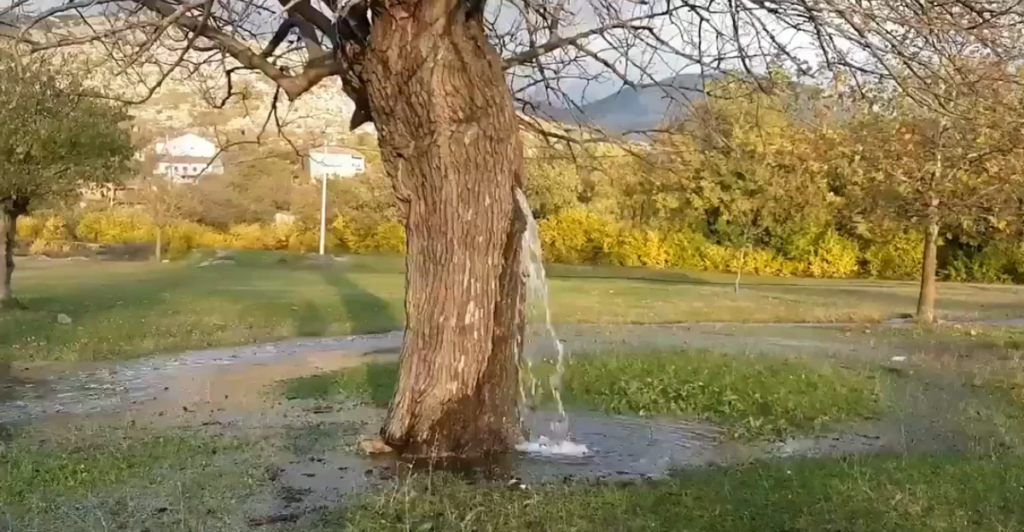
In the realm of dangers that humans face in nature, snakes often top the list due to their venomous bites and the fear they instill. However, recent discussions highlight that some trees pose an even greater threat to human life. This article delves into the specifics of how one particular tree species can be considered 12,000 times deadlier than a snake bite, examining its toxic properties and the risks it presents.
The Deadly Tree
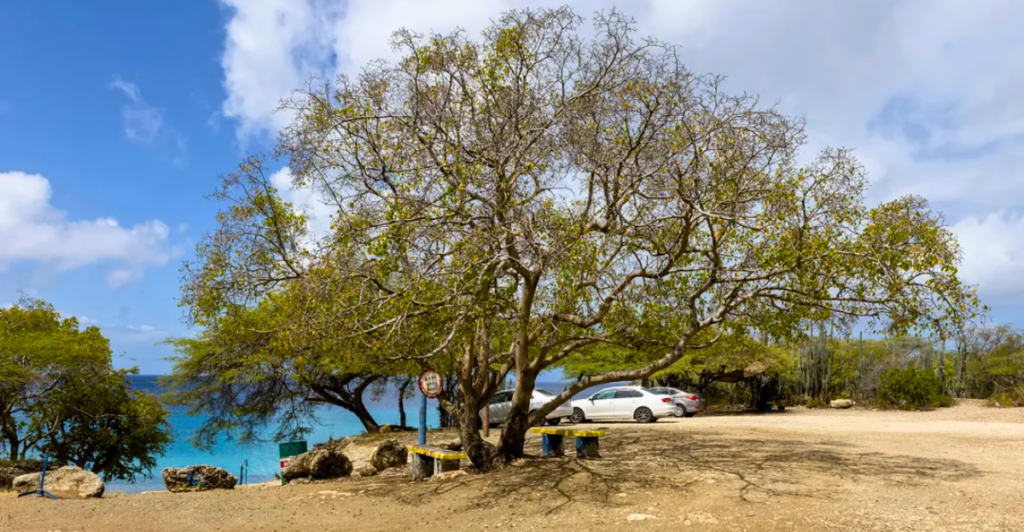
The tree in question is the Manchineel (Hippomane mancinella), often referred to as the “most dangerous tree in the world.” Native to tropical regions of the Americas, particularly in Florida and the Caribbean, this tree is notorious for its highly toxic sap and other harmful characteristics.
Toxic Properties of Manchineel
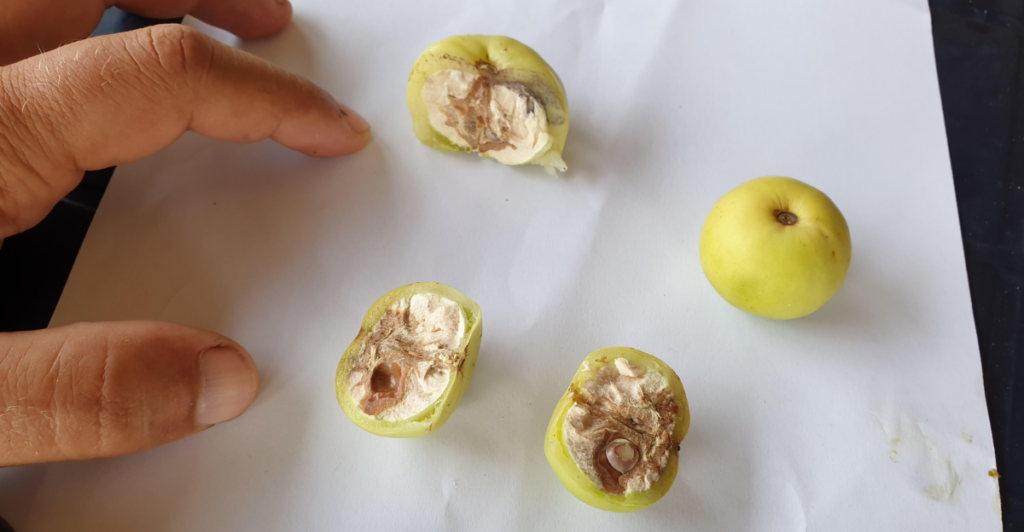
The sap of the Manchineel tree contains phytotoxic compounds that can cause severe skin irritation upon contact. Even standing beneath the tree during rain can lead to painful skin reactions, as water droplets mixed with sap can fall onto unsuspecting individuals.
Risks Associated with Ingestion
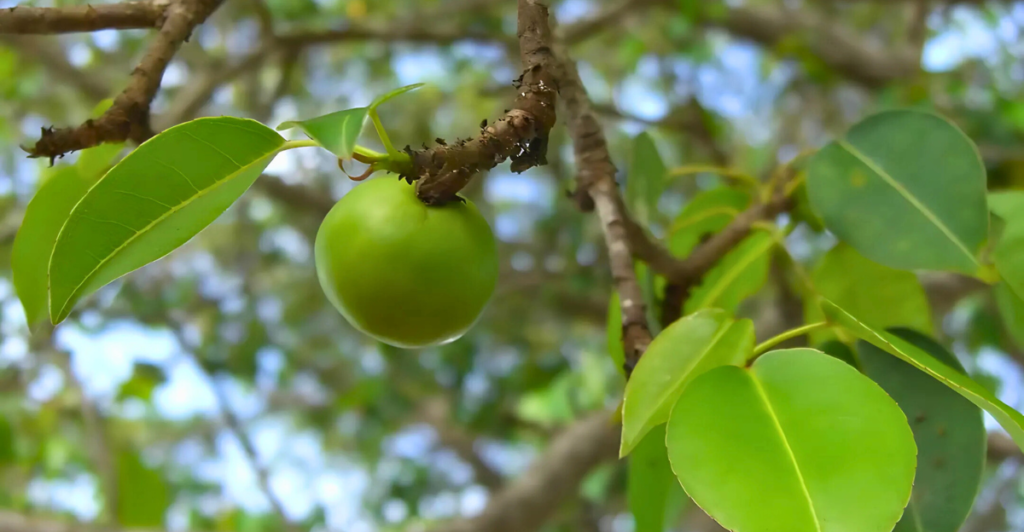
Consuming any part of the Manchineel tree can be fatal. The fruit resembles a small green apple and is highly toxic. Reports indicate that ingestion can lead to severe gastrointestinal distress and even death due to its potent toxins.
Comparison with Snake Bites
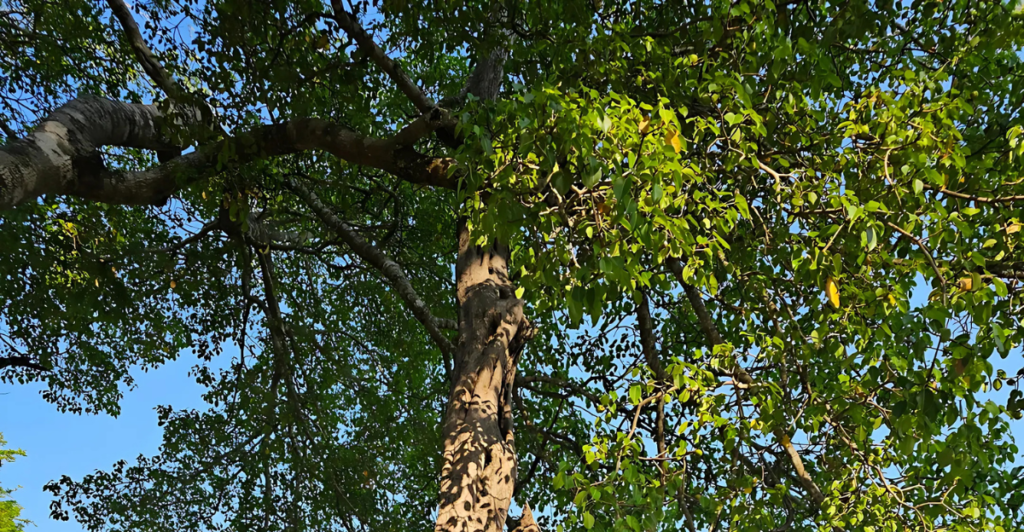
While snake bites are indeed dangerous, statistics show that fatalities from snake bites are comparatively rare in regions with access to medical care. In contrast, encounters with the Manchineel tree can lead to immediate and severe consequences without any antidote available for its toxins.
Other Toxic Trees: The Sandbox Tree
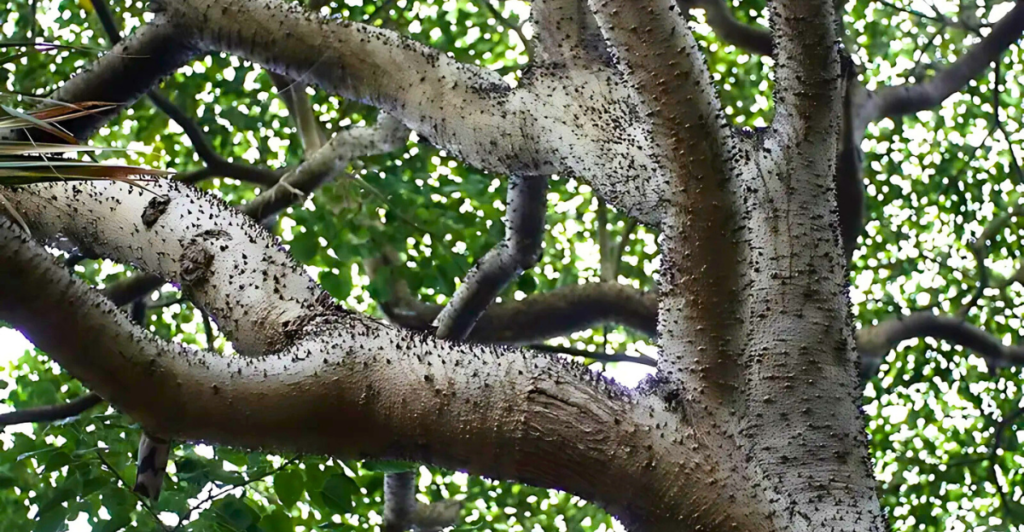
The Sandbox tree (Hura crepitans) is notorious for its explosive seed pods that can launch seeds at speeds exceeding 160 mph. Both the seeds and the latex sap are highly toxic, containing compounds like curcin that can cause severe gastrointestinal distress if ingested. Symptoms of poisoning include nausea, diarrhea, and in extreme cases, seizures and death.
Bush League: A Hidden Threat
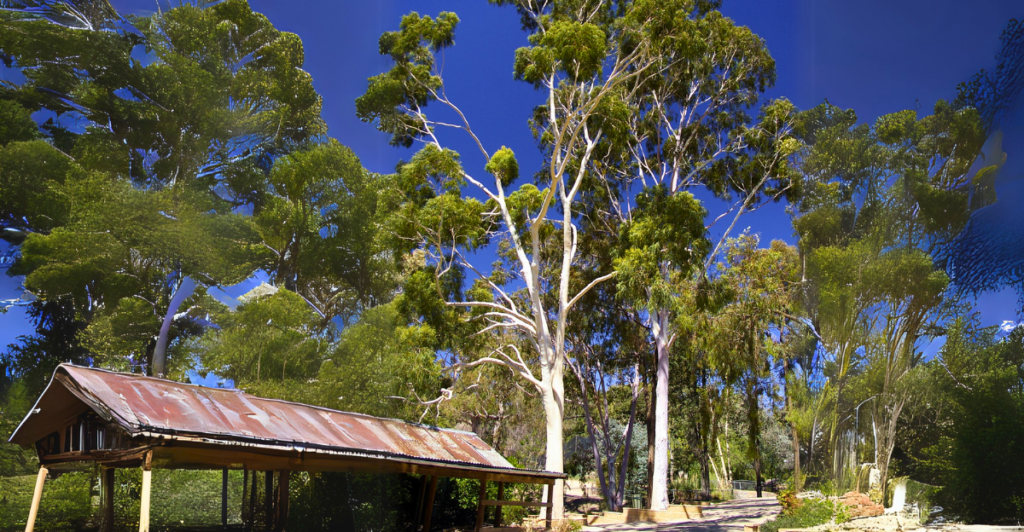
The Bush League tree (also known as Corymbia citriodora) contains toxic oils that can cause skin irritation and respiratory issues when inhaled. While not as widely recognized as other toxic trees, it poses a significant risk to those who come into contact with its oils or inhale smoke from burning parts of the tree.
Eastern Cottonwood: A Common Yet Dangerous Tree
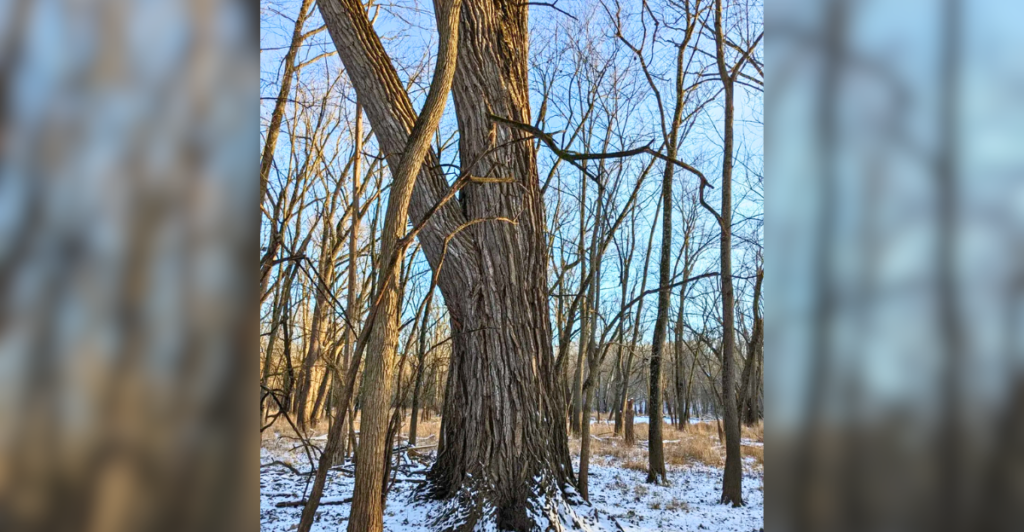
The Eastern Cottonwood (Populus deltoides) may appear harmless but contains compounds that can lead to allergic reactions and respiratory problems. Its fluffy seeds can also cause respiratory issues when inhaled, making it a concern for individuals with allergies or asthma.
Black Locust Tree: Beauty with a Bite
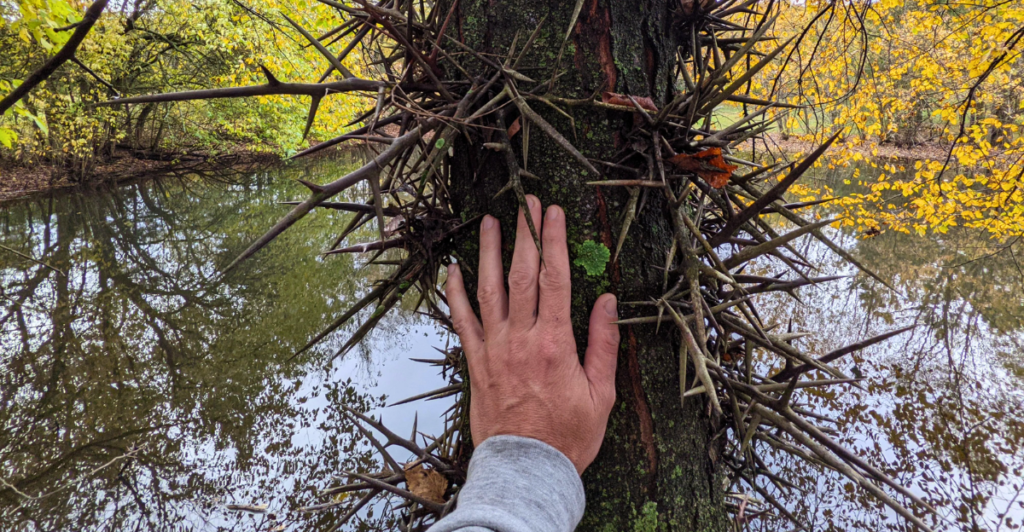
The Black Locust (Robinia pseudoacacia) is often admired for its fragrant flowers but contains toxic compounds in its bark and leaves. Ingesting any part of this tree can lead to symptoms such as nausea, vomiting, and abdominal pain. Its toxicity is particularly dangerous for livestock and pets.
Castor Bean: A Lethal Seed
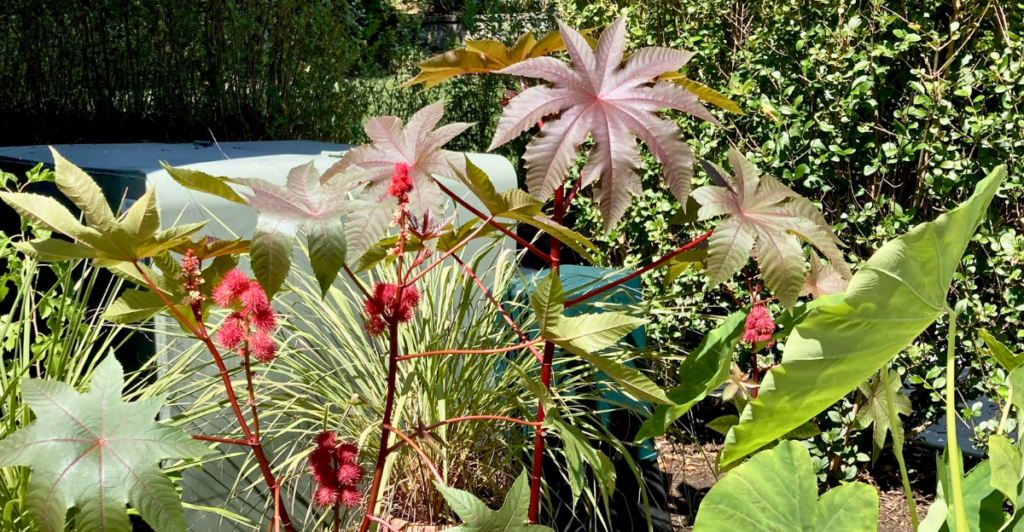
The Castor Bean plant (Ricinus communis) produces seeds that contain ricin, one of the most potent toxins known. Just a few seeds can be lethal if ingested. Symptoms of ricin poisoning include severe abdominal pain, vomiting, diarrhea, and can lead to organ failure and death if not treated promptly.
Symptoms of Exposure to Toxic Trees

Exposure to these toxic trees can result in a variety of symptoms depending on the specific plant involved. Common reactions include: Skin Irritation: Contact with sap or leaves can cause rashes or burns. Gastrointestinal Distress: Ingesting parts of these trees often leads to nausea, vomiting, and diarrhea. Neurological Symptoms: Severe cases may result in seizures or loss of consciousness.
Geographic Distribution of Toxic Trees
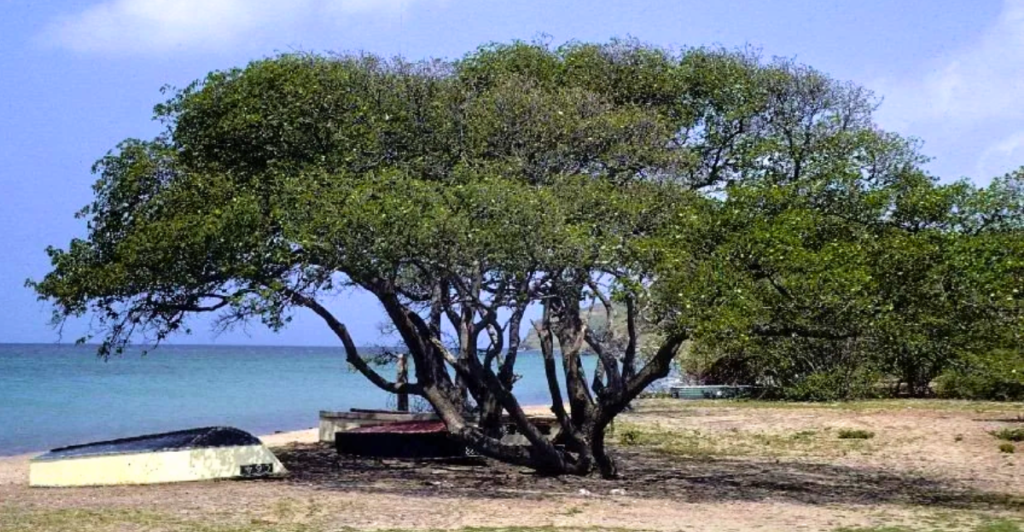
Many of these toxic trees are found in tropical and subtropical regions. The Manchineel thrives in coastal areas of the Americas, while the Sandbox tree is prevalent in Central America and parts of South America. Awareness of their locations is crucial for avoiding accidental encounters.
Historical Context of Toxic Trees
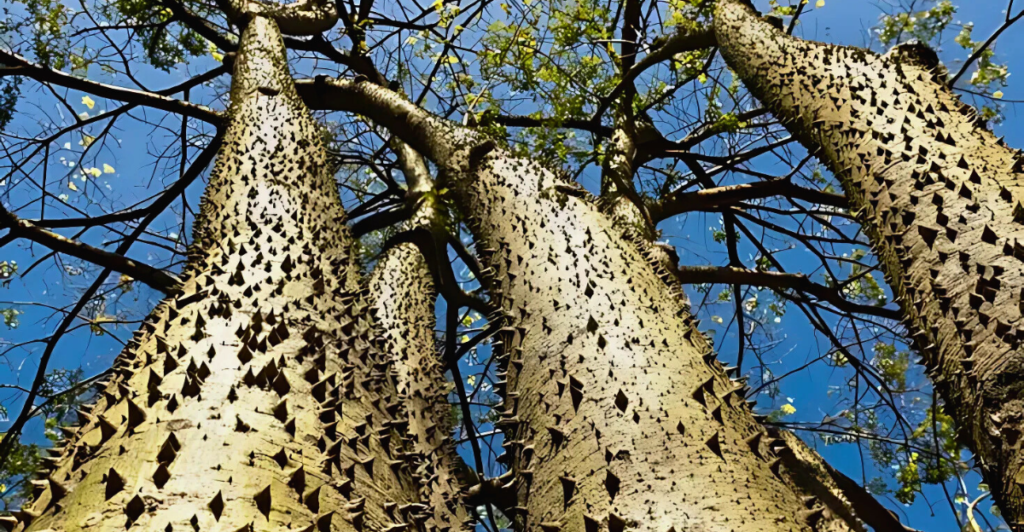
Historically, many cultures have recognized the dangers posed by these trees. For instance, indigenous peoples have used parts of the Castor Bean plant for medicinal purposes despite its toxicity. Understanding this historical context helps highlight humanity’s long-standing relationship with nature’s dangers.
Public Awareness Initiatives
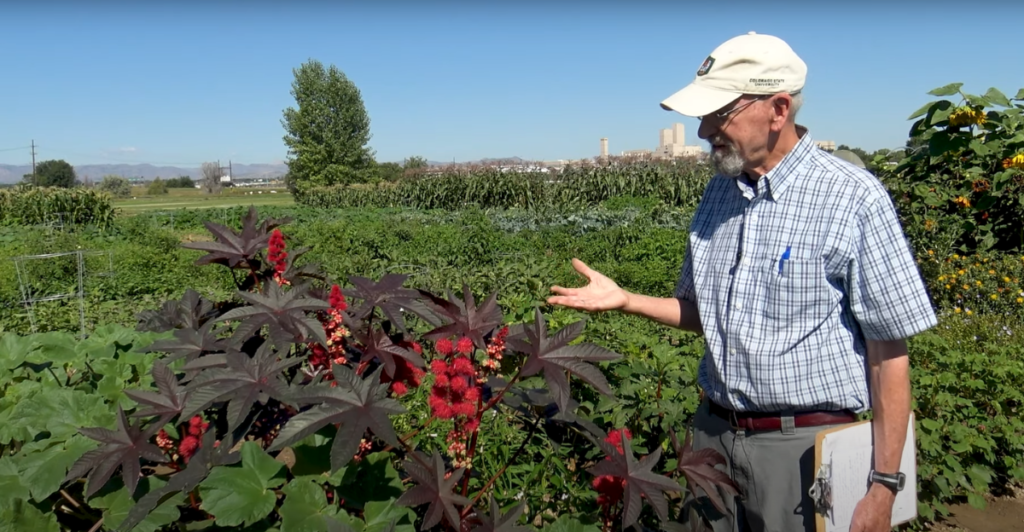
Efforts are being made to educate the public about these toxic trees. Signage in parks and natural areas warns visitors about potential hazards. Schools are also encouraged to remove or label these plants to prevent accidental exposure among children.
Navigating Nature Safely
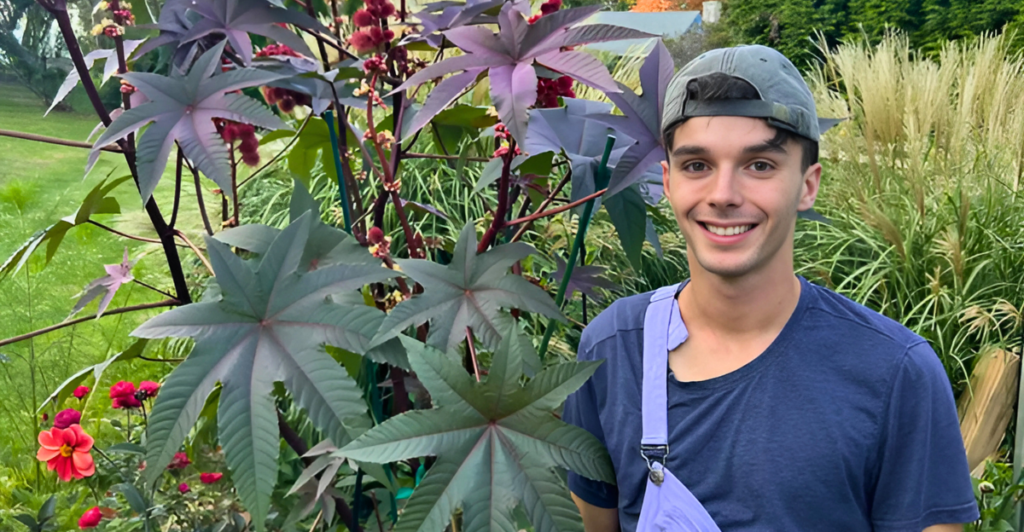
While enjoying nature’s beauty, it is essential to remain vigilant about potential dangers posed by toxic trees. By understanding which trees are harmful and recognizing their symptoms of exposure, individuals can take proactive steps to ensure their safety while exploring outdoor environments.
Final Thoughts on Toxic Trees
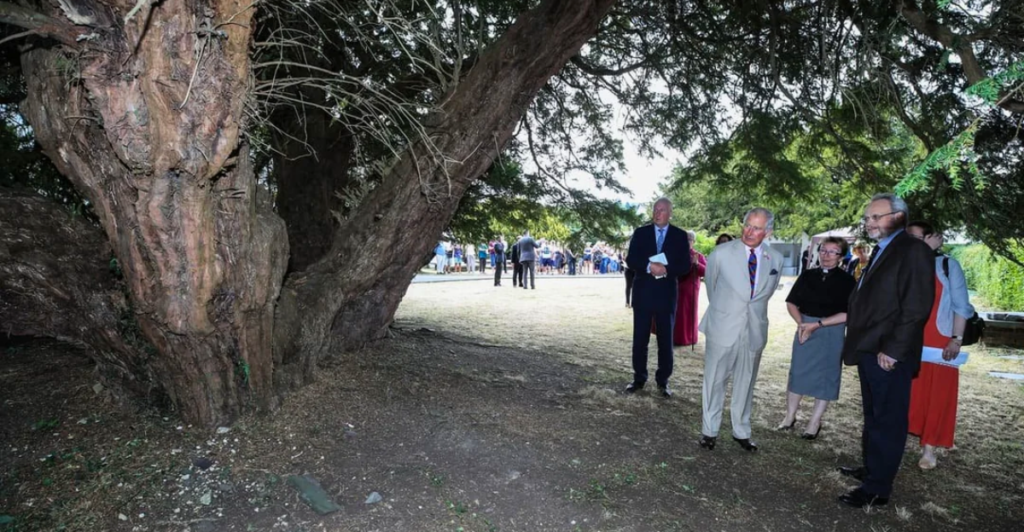
Awareness is key when it comes to navigating areas where these dangerous trees grow. By educating ourselves about the risks associated with species like the Manchineel and others mentioned here, we empower ourselves to appreciate nature while minimizing risks effectively.
Discover more of our trending stories and follow us to keep them appearing in your feed

California Is Splitting Apart: A Fault Line Is Forming Faster Than Anyone Predicted
Deepest Hole On Earth Permanently Sealed After 2 Billion Year Old Discovery
The World’s Most Toxic Bird – When Feathers Become Lethal
12 Bizarre Trees Showing Just How Tough Nature Is
References:
What’s the world’s most poisonous tree?
The Most Poisonous Trees in the World
Manchineel Apple of Death
Sandbox Tree Is Not Safe for Humans
Stay connected with us for more stories like this! Follow us to get the latest updates or hit the Follow button at the top of this article, and let us know what you think by leaving your feedback below. We’d love to hear from you!







